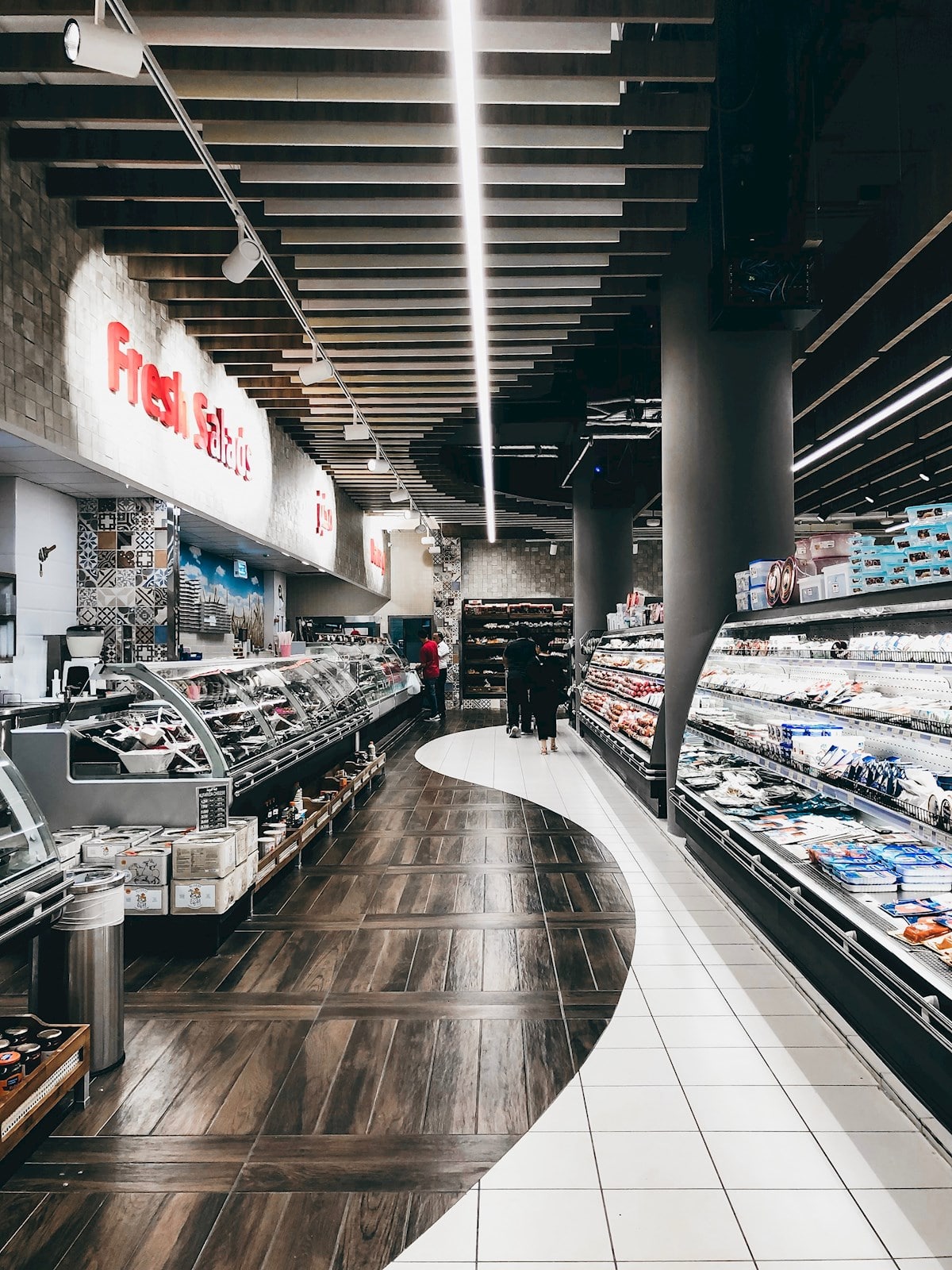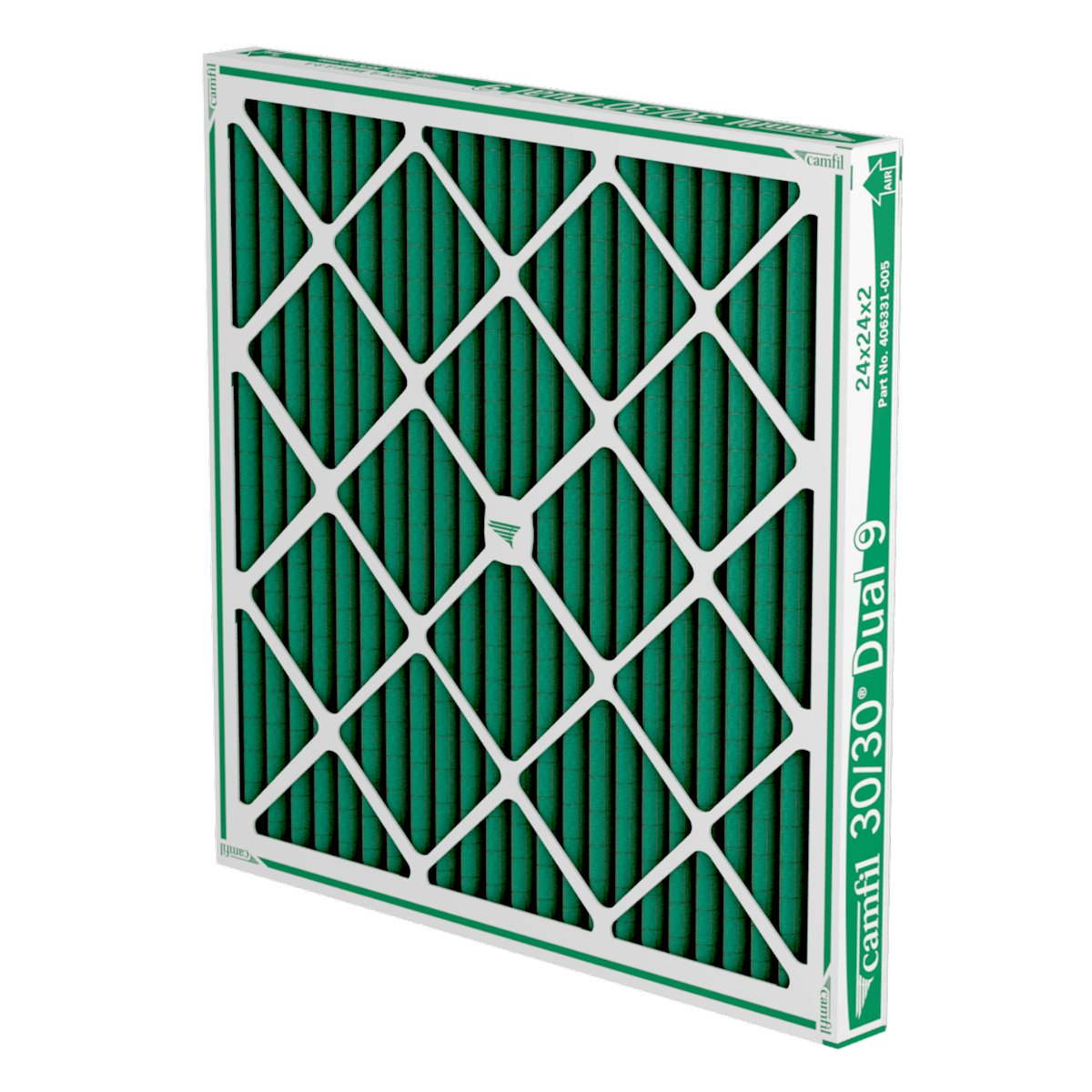Large, modern-day grocery stores do more than sell staple goods. It is common today to offer expanded deli services, prepare rotisserie foods, steam seafood and even provide full-service restaurants with bars and live music. Because of enhanced offerings, grocery store operators are discovering that the additional ovens, fryers and freezers required to keep up with the demand places a greater load on their existing HVAC equipment. A regional manager for the grocery chain knew inexpensive, cut-to-size pleated roll media and economy-grade pleated filters were no longer acceptable. The constant filter change-outs, coil cleanings and visible dirt streaks on supply vents were evidence that their current filter program needed to be updated. While a change was imperative, assurance was needed that the incorporated changes would be executed within budget, and most importantly, that the highest level of food safety would be maintained.
The regional manager selected 50 stores from 150 in a large geographical region to conduct an extended filter test using the Camfil 30/30® Dual 9 5-Star pleated panel filter. Most of the 100 stores remaining in the region mainly used pleated roll media, cut to size on site and stretched onto expandable wire racks. The stores not using roll media were using whatever economy-grade pleated filter was available to the installers that day. In both cases, the filter change-out schedule was quarterly. For the test, all 150 stores installed new, unused filters. Two critical performance characteristics were used to determine filter performance – the condition of the coils immediately downstream of the filters, and an evaluation of pressure drop. After the performance of each filter was reviewed, a financial analysis was conducted to determine which filter delivered the highest air quality at the lowest total cost.
The conclusive results proved that the stores with the Camfil 30/30 Dual 9 installed showed substantial evidence of improved indoor air quality. The stores with the 30/30 Dual 9 also significantly lowered their annual filtration cost on both direct and indirect expenses.


The varying performance characteristics of the three filters quickly became apparent when analyzing pressure drop in a dirt-loading curve and downstream coil cleanliness.
Economy-grade pleated filters gained pressure rapidly. The economy-grade filters used by several of the stores were not tested directly during this evaluation because comparative testing requires product consistency which was not the case since filter brands varied based on availability. However, a typical dirt-loading curve from an economy filter resembles almost a 45-degree diagonal line. This means there is a consistent increase in pressure drop from dirt restricting airflow causing the thin filter media to be overwhelmed. The downstream coils may remain somewhat clean behind the filters, which is not an indicator of filter performance. It is due to the units being starved for air. Regular filter service is required or the increasing pressure will buckle the filters.
Cut-to-size pleated roll media performed dramatically different. Over three months, the pressure drop increased a very slight amount – the curve almost a straight line. In some cases, the poorly supported media collapsed, and in others, rushed installation left large gaps causing significant bypass of dirty air. The collapsed media and dirty air bypass left the downstream coils noticeably dirtier which results in increased energy cost. Most critical, the dirty air bypassing damaged filters resulted in a potential risk to food safety.
The Camfil 30/30 Dual 9 delivered optimum performance. The Dual 9 produced the ideal dirt-loading curve – a very slow yet gradual increase in pressure drop until near the end of its 12-month service life. The high capacity filtration media and U-shaped pleats held three or four times more dirt than the other filters while maintaining proper airflow. The long service life reduced maintenance costs, store interruptions and lessened potential roof damage. The combination of superior filtration and high-strength water-resistant frames, prevented air bypass leaving the coils much cleaner.

In addition to improving food safety, the 30/30 Dual 9 reduced total filtration expenses by an average of 41%